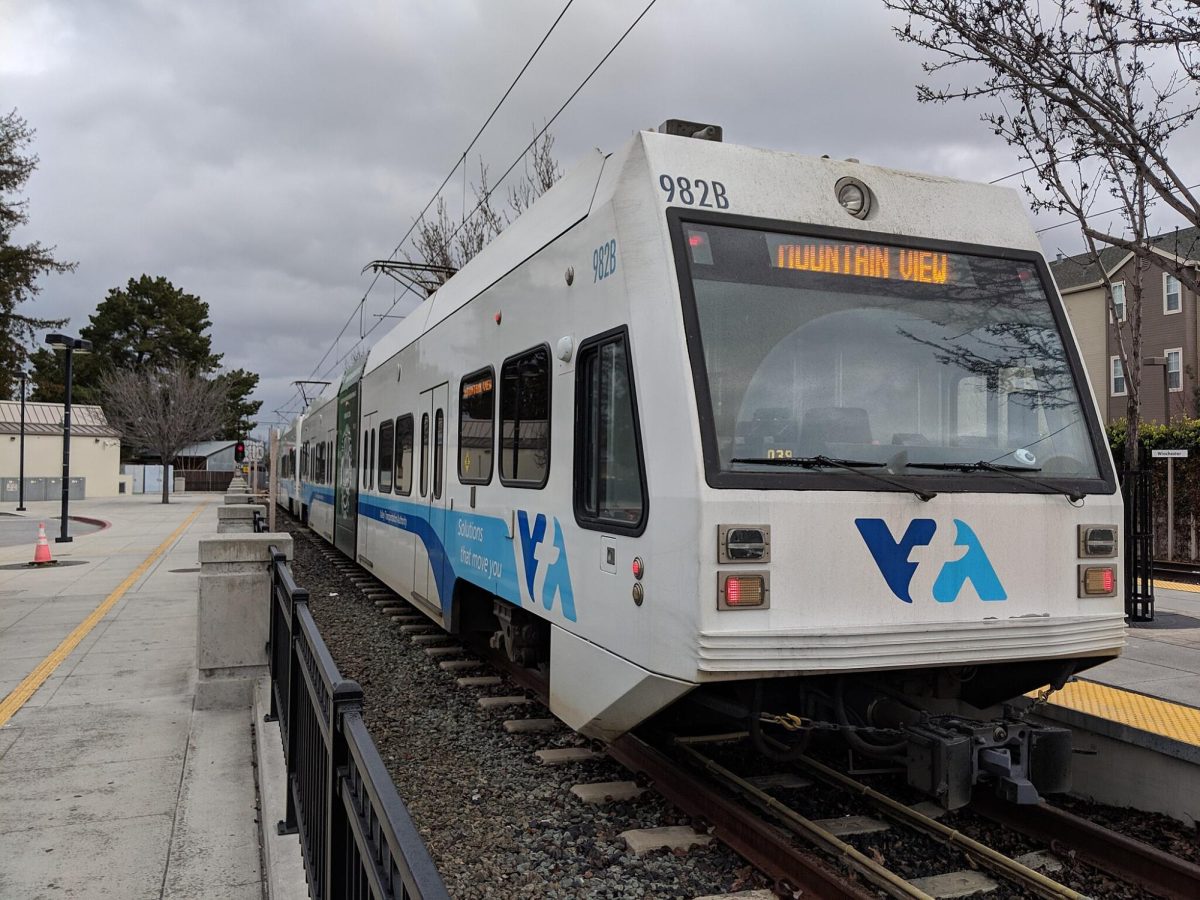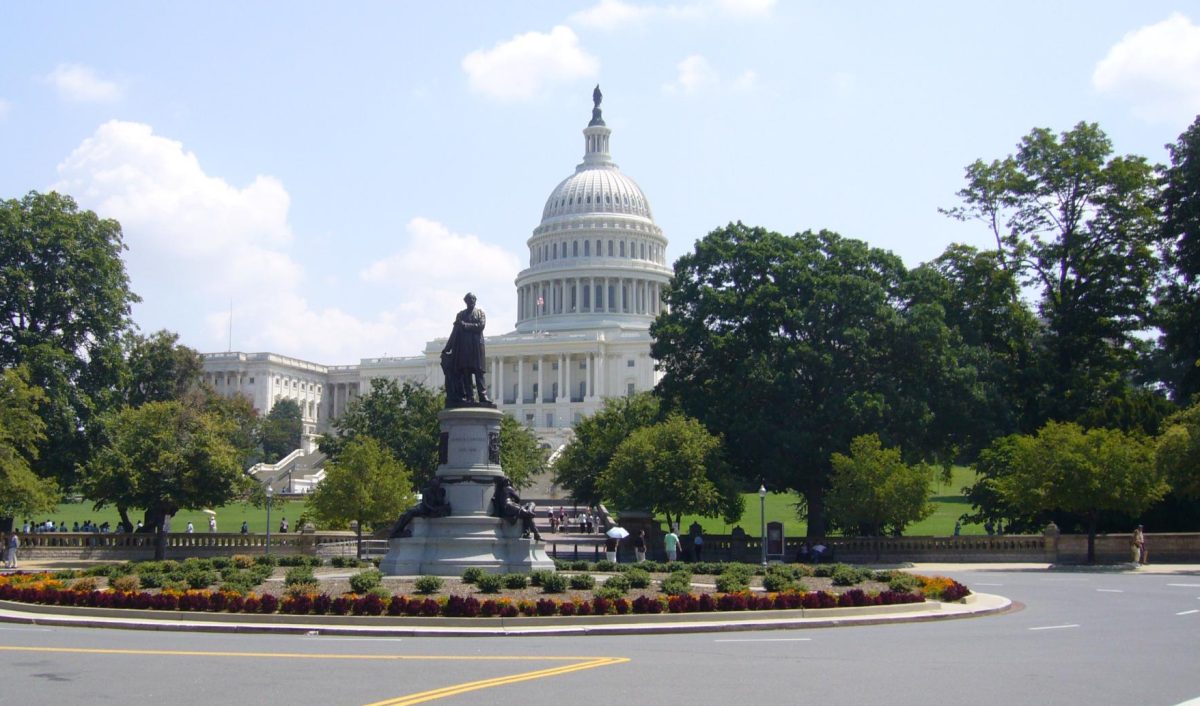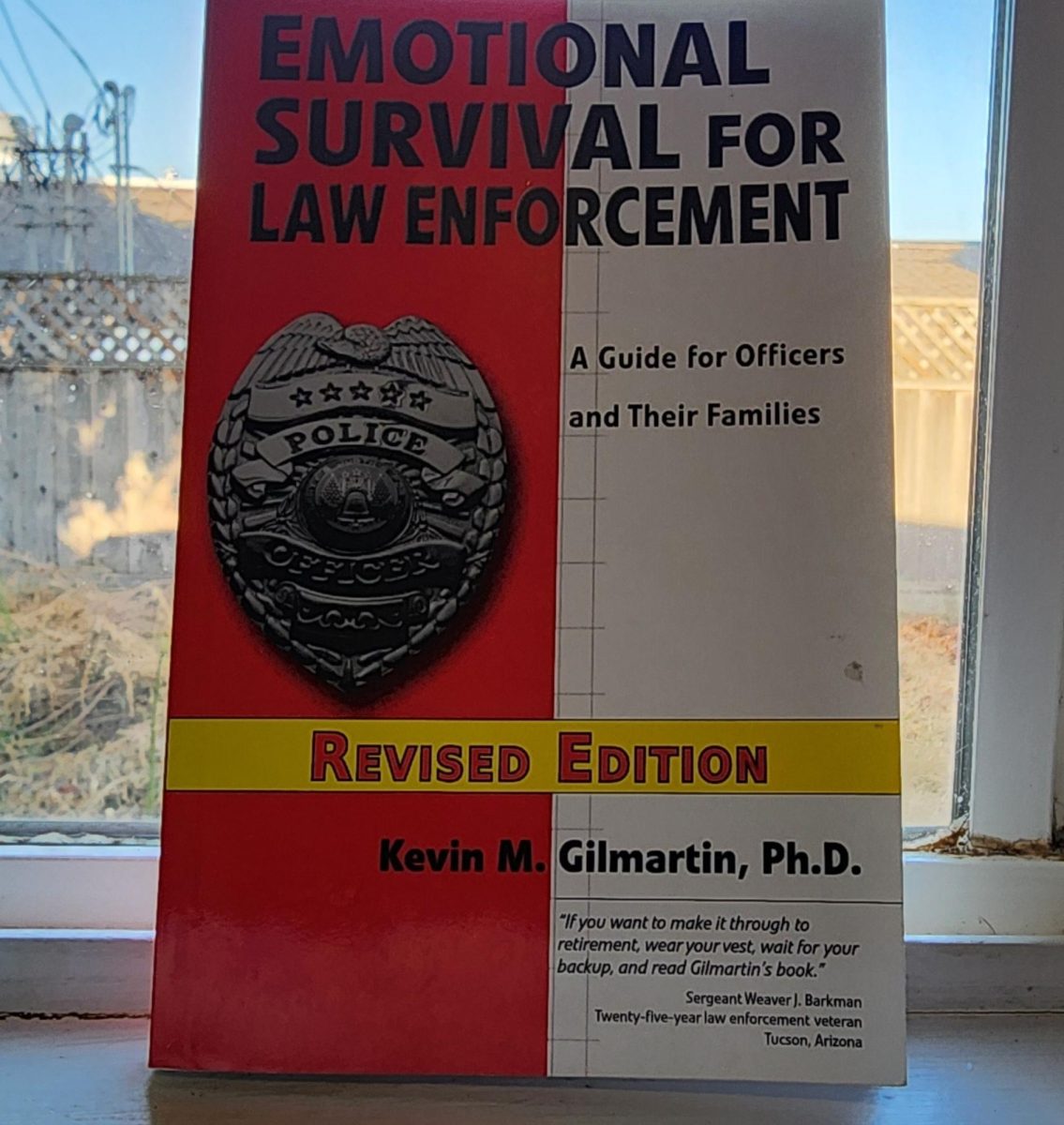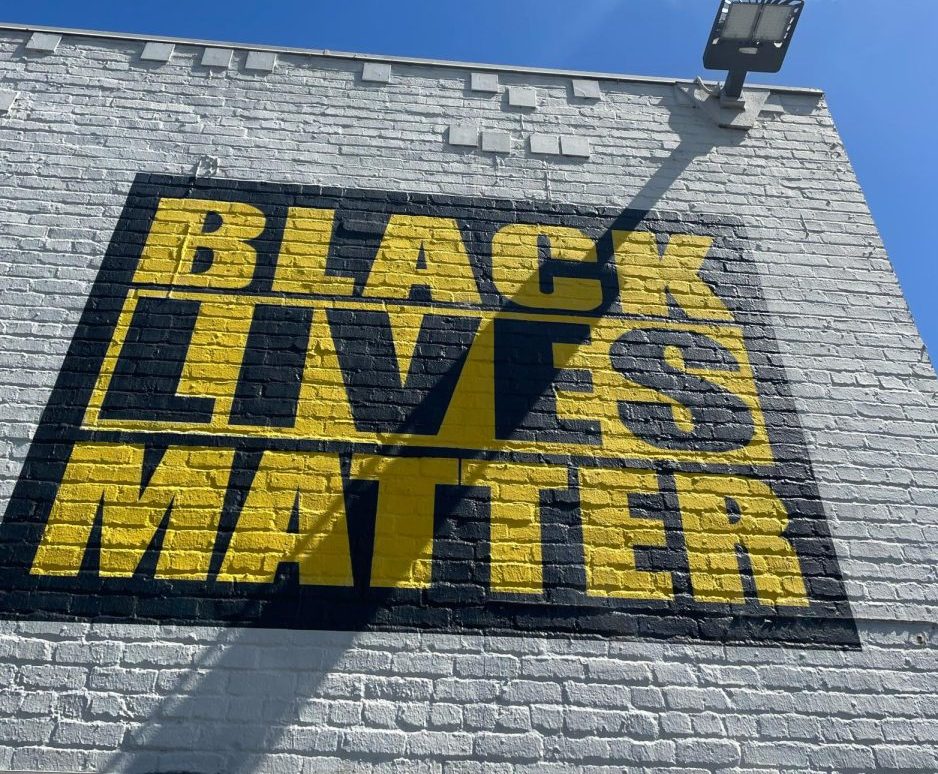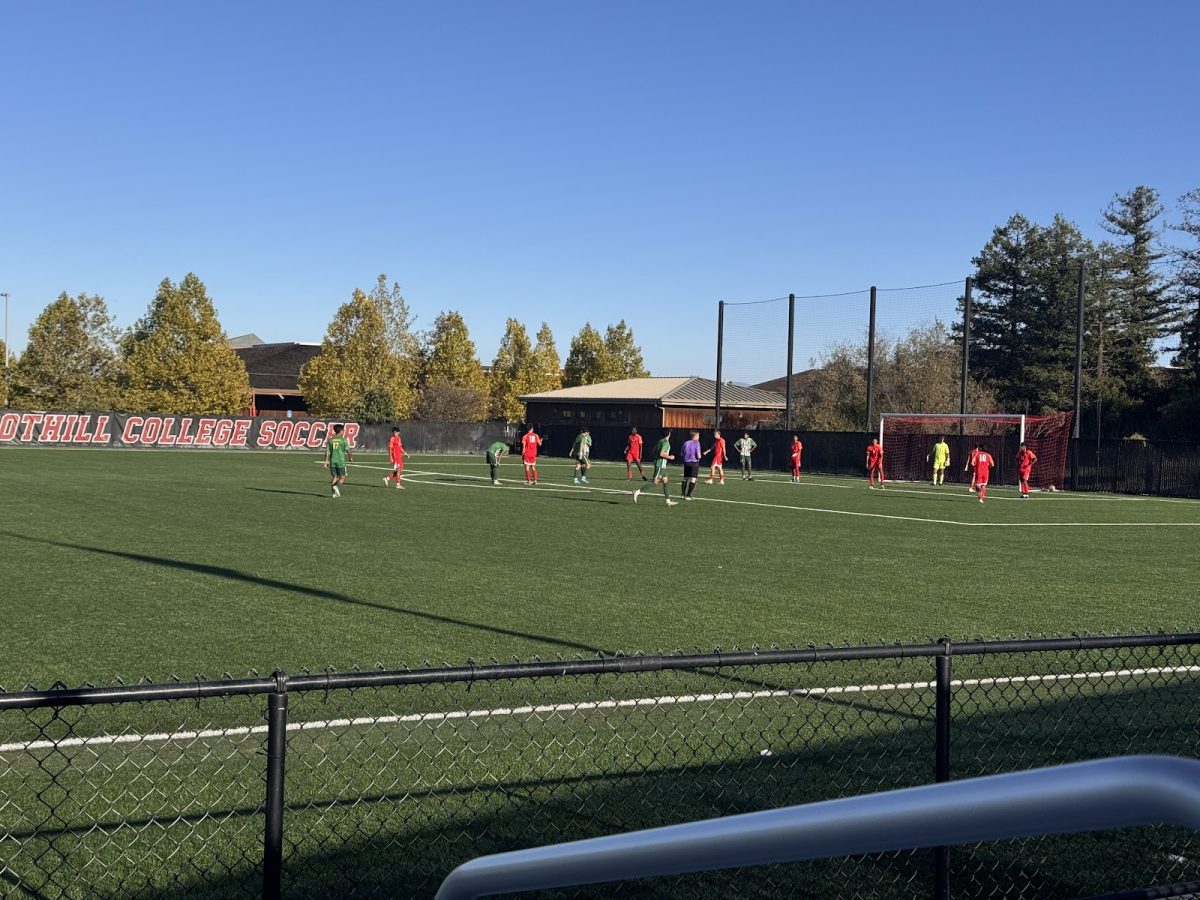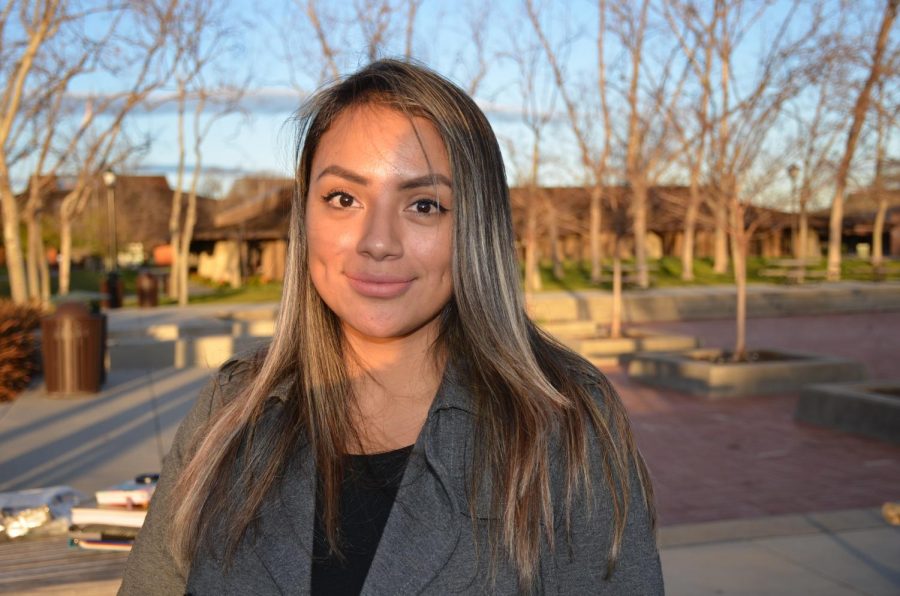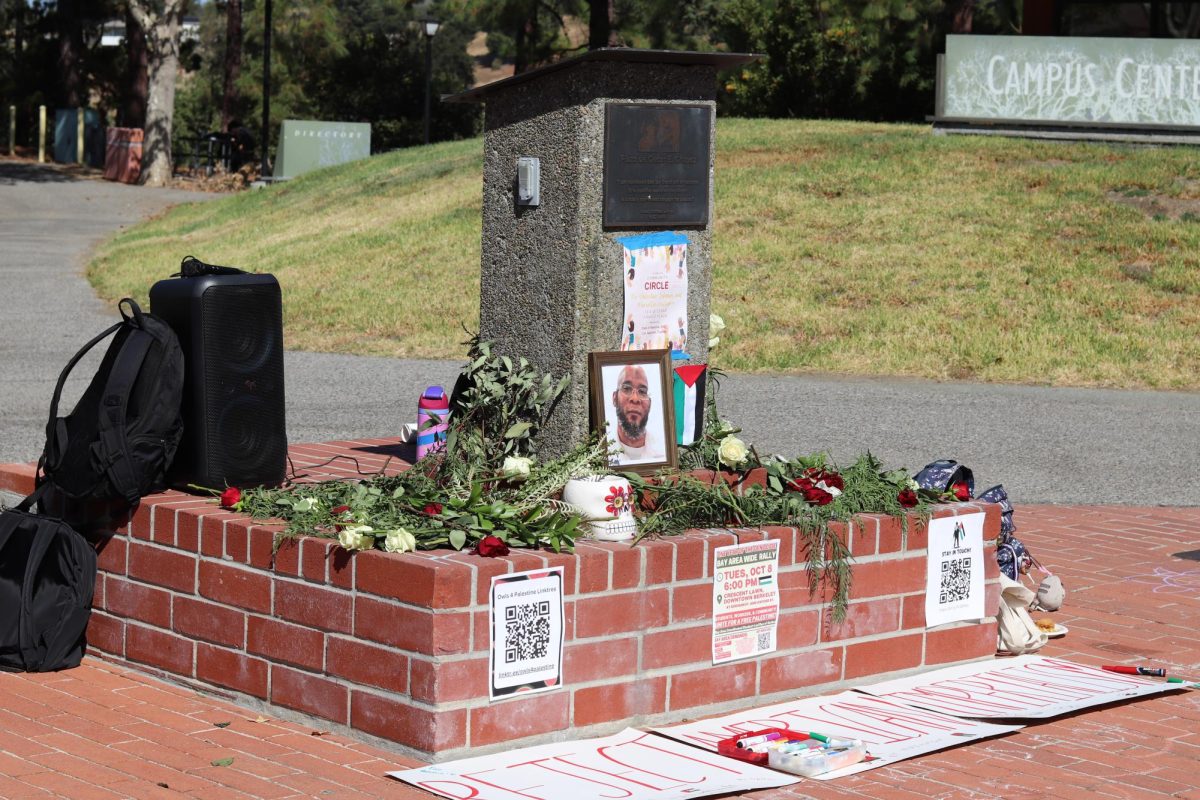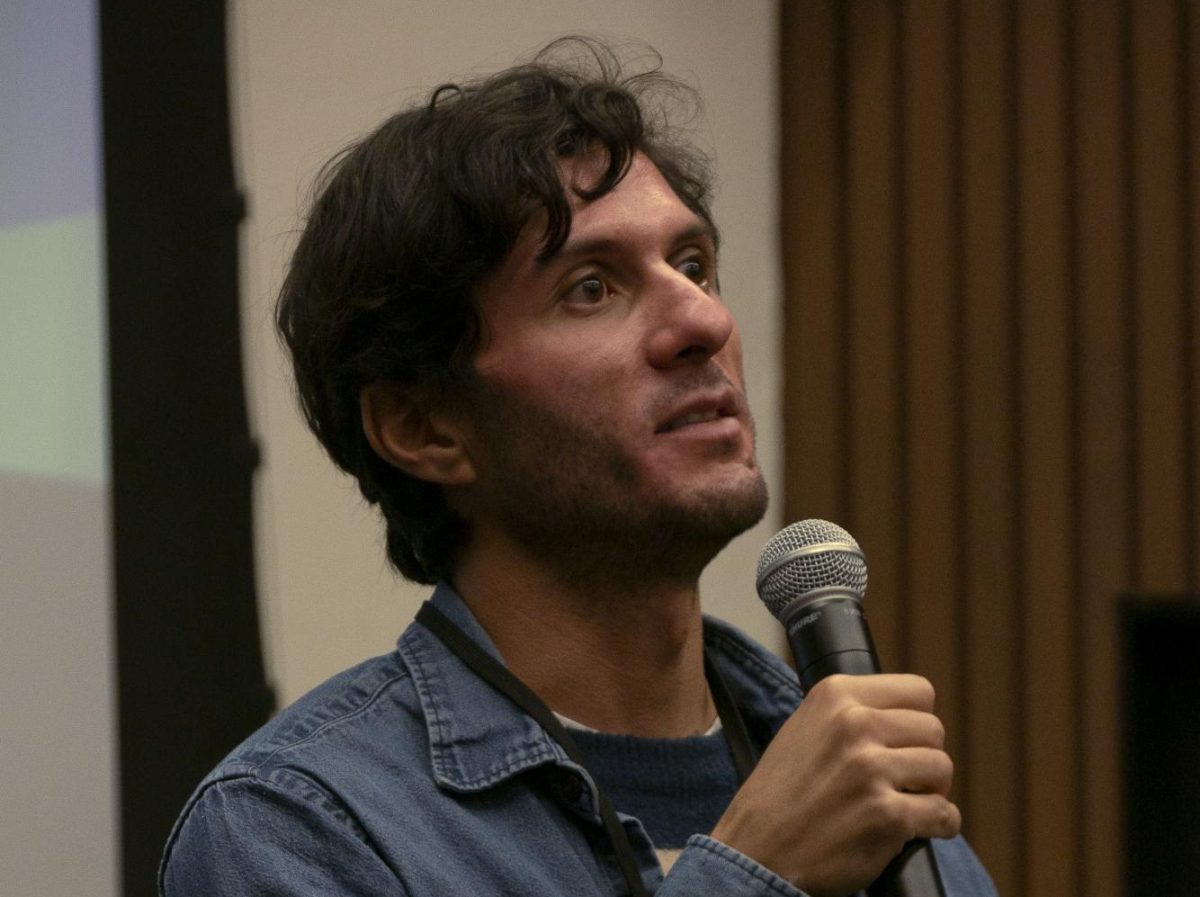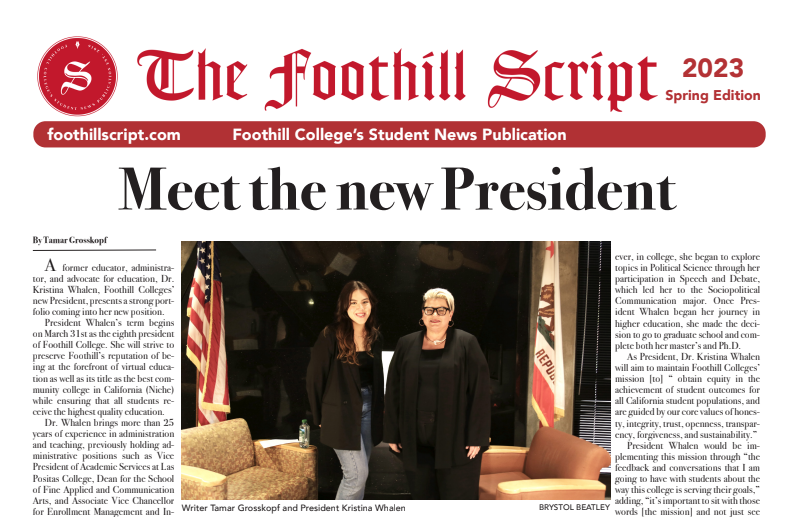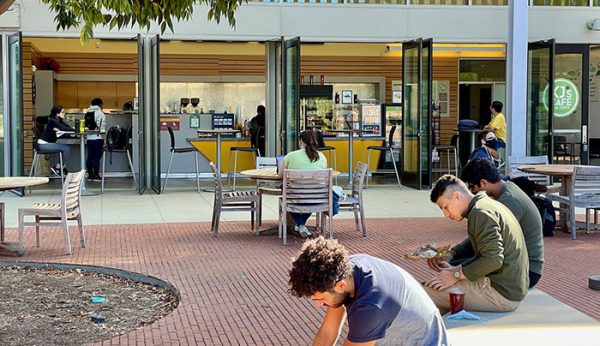Assembly Bill 19: The California College Promise
Free College? A Breakdown of Jerry Brown’s AB 19
On October 13, California’s bill AB 19 was approved by Governor Jerry Brown, and became law. Primarily authored by state assemblyman Miguel Santiago* (D-53rd district), AB 19 provides what is effectively free tuition for the first term of community college for full-time students who apply for it. The bill, who’s funding mechanism still needs to be indentified before June of 2018 to function, will potentially improve college accessibility for underprivileged and financially disadvantaged families by establishing an initiative called the California College Promise. This program is designed to allocate a set amount of money to each community college district, which will then be used to waive the tuition fees of the first term of community college for eligible students who apply for free tuition.
Currently, students who do not receive financial aid pay forty-seven dollars per unit per semester, fees which could add up to thousands depending on the number of classes a given student is enrolled in. While students demonstrating financial need can generally qualify for financial aid through Free Application for Federal Student Aid (FAFSA) or a Board of Governors (BOG) waiver, the California College Promise will provide a free first year of community college for all eligible students who apply, regardless of financial need. Although solely applicable to full-time, first-year students, AB 19 remains a legislative watershed as the first statewide initiative of its kind to pass in California. Several other states — Oregon, Minnesota, and Tennessee — have recently passed similar programs.
“The bill was also authored with the intent of minimizing the education gap”
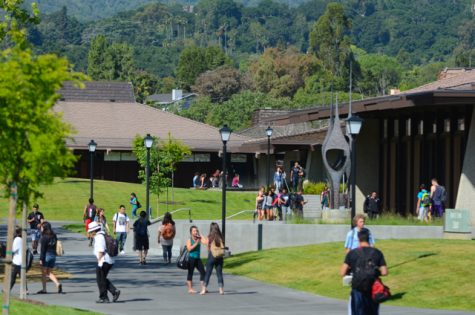
In addition to subsidizing first-year community college tuition, the California College Promise aims to increase college compliance with state goals and policies that would improve college access for high school graduates; which would also increase the number of high school graduates immediately academically eligible for college enrollment. In order to receive funding for their programs, community colleges must partner with local middle and high school districts, provide assistance with developing college preparatory courses, and make information about the college application process and financial aid as accessible as possible. Colleges must also maximize access to financial aid and participate in certain state programs that clearly outline academic and career tracks for students. In this way, AB 19 serves to incentivize policies that the state hopes to advance.
According to Jeanice Warden, Chief Consultant for the California State Assembly, “California faces an estimated shortage of one million college-educated workers needed to sustain the state’s workforce.” An increase in the percentage of California adults with college degrees, perhaps buoyed by a year of free tuition, could be an impactful development in a job market increasingly requisite of higher education.
The bill was also authored with the intent of minimizing the education gap — wherein financially disadvantaged students and underrepresented minorities maintain lower graduation rates, and achieve poorly relative to more privileged students. Warden was optimistic about the effects of the initiative, citing local initiatives to subsidize college tuition as having been “demonstrated to promote equity, increase enrollment, improve academic performances and boost college completion rates.”
“More than 43% of community college students in California received financial aid last year.”
While the California College Promise aims to increase California’s college-educated population and reduce inequality, it should be noted that the overall impact of the initiative may be less drastic than anticipated. According to the California Community College Chancellor’s Office (CCCCO), only about 19,000 students who did not already receive financial aid would have qualified for free college last year under the new legislation, out of more than 2.3 million students served by California’s community colleges. Additionally, the bill will likely serve to primarily help privileged students, as those who require financial assistance mostly already receive it: more than 43% of community college students in California received financial aid last year.
According to Jeanice Warden, “This benefit [of the initiative] would generally accrue to students who are less needy, including those from affluent families, compared to full-time students who currently qualify for a BOG fee waiver. Notably, the new fee waiver benefit would disproportionately assist those at campuses with relatively larger shares of non-needy students who attend school full time.”
Students will still need to pay fees for college services like health services, internet, or student activities. These additional costs are specific to each college.
While the impacts of AB 19 are, for now, unclear, this law may serve as a step towards more sweeping education socialization efforts in the future. Besides, every little push helps — especially as the effects of increased community college accessibility in the state begin to become more apparent in the future.
*Click the “Assembly Floor Analysis” link near the top of the page to access the source referenced.
This article was corrected on October 29th, 2017. A previous version did not include information about student activity fees.











